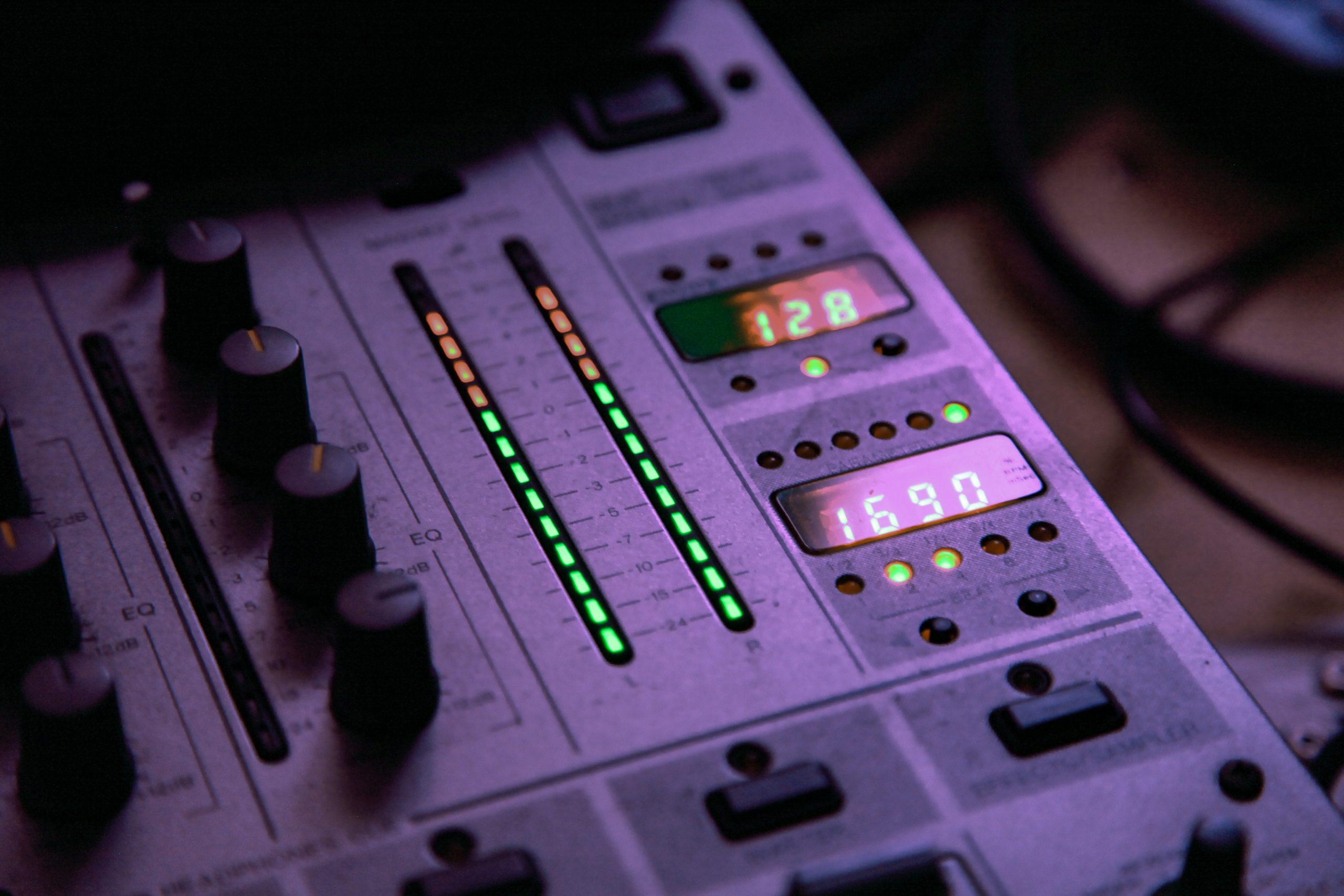5 EQ mistakes new music producers make
Image Credit: Dimitri Houtteman
EQ is a powerful music production tool – when used correctly. Try and avoid making these common mistakes that producers make when EQing their tracks.
In music production the EQ process is such a vital part of any mix that the biggest mistake is forgetting about EQ in the first place. The second biggest mistake is using it too much.
Check you’re not making any of these common mistakes that producers, new and experienced alike, make when EQing their tracks.
Forgetting about the mids
When EQing it’s tempting to zone straight in on the very highs and the very lows of the mix, for example focusing on getting that perfect big bone-quaking bass.
But don’t neglect the midrange. Human ears are most sensitive to it, and it’s where the heart of most instruments live. Too little midrange and the mix will feel hollow and lack power.
Not making sure the tracks gel together
Generally, avoid EQing in solo when mixing. You might be fixing problems that don’t exist and making the individual tracks worse, because none of your listeners will ever hear that one track by itself.
You can do a little solo EQing in the prep phase, but when mixing it’s usually best to do most of your EQing whilst the whole mix is playing. Otherwise you can’t be sure if the instrument fits into your entire mix, and you’re wasting time.
Using EQ as a volume control
Don’t boost everything just to make it sound louder. As a rule, cut rather than boost EQ, as the result sounds more natural and preserves some headroom.
We naturally think that louder equals better, but that’s not always the case.
Accidentally causing clashing in the mix
Boosting the same frequencies in different instruments can cause a cluttered mix and cause masking, when two signals overlap and cancel out the quieter sound. You want separation in your mix.
If you boost in one instrument, cut another that’s in the same frequency range to ensure clarity – for example, cutting either the bass guitar or the kick.
Letting the EQ trick you
Each mixing decision causes your ears to become more accustomed to the new frequencies and tones. The mix sounds much better than before, so the temptation is to add a little more EQ, and a little more…
If you find yourself doing this, stop, bypass the plugins, listen closely to the tracks and the whole mix and make sure that your decisions have actually made a positive difference. You should always be EQing to fix a problem, and if there’s no clear goal, you probably don’t need to EQ at all.
EQing is a skill that improves with practise as your ears are trained to recognise frequencies and what works where in the mix. You don’t need to buy loads of expensive plugins – learning the ins and outs of one or two EQs will serve you perfectly fine, and you can even just stick to the stock EQ that came with your DAW.
Keep practising EQing your mixes, trust what sounds good, and watch your producing improve.
